The dispute over the 16th-century Babri mosque, in Ayodhya, goes back decades. In December 1992, Hindu militants razed the mosque, which is on a disputed religious site in the Indian state of Uttar Pradesh, triggering clashes with Muslims that left 2,000 people dead and plunged the country into political crisis. In a Guardian article dated 3 December, Derek Brown describes mounting political tension as Hindu holy men decide whether to press ahead with construction of a temple on the site of the mosque, which they believe to be also the birthplace of the deity Lord Ram. The Indian government is bracing itself for confrontation with Hindu zealots, Brown writes, as it deploys paramilitary forces to protect the 460- year-old Babri Masjid mosque of the Moghul emperor, Babar. "What began as an arcane religious squabble has in recent years become the most intractable dispute in India," he says. Three days later, the state government falls as "a baying mob of Hindu bigots" tears down the mosque, where they want to build a temple. "They used primitive tools and their bare hands to tear the mosque to pieces," writes Brown. "First the three domes went, then the spartan interior and the perimeter walls. The Hindu idols, installed in the late 1940s at the start of the arcane, obscurantist dispute, also disappeared ... In a few frenzied hours, the mob brought down the government of India's most populous state, and provoked deep communal tension throughout the country." On 8 December, Brown describes how riots have erupted the length and breadth of "a huge and angry country". Even Bombay, the great western metropolis considered the most modern of Indian cities, is caught up in the violence, which leaves more than 200 people dead. Elsewhere in that day's paper, Brown analyses the events leading up the confrontation. To the despair of educated Indians "ingrained with a notion of their country as steeped in the non- violence of Gandhi", he says, Ayodhya had been an explosion waiting to happen after Rajiv Gandhi, the then prime minister, ordered that a makeshift temple built on the site just after independence in 1947 should be reopened, as a sop to Hindu extremists. The temple went on to be become a rightwing and nationalist cause for the fast-growing Bharatiya Janata party, Brown writes. The Guardian, December 3 1992. Click image to read the archive article The Guardian, December 7 1992. Click image to read the archive article The Guardian, December 8 1992. Click image to read the archive article
Watch Videos
Part:1
Part:2
Part:3
Part:4 [youtube="NuKWw9B6TtE"PC5iztcMLw0
Part:5
Part:6
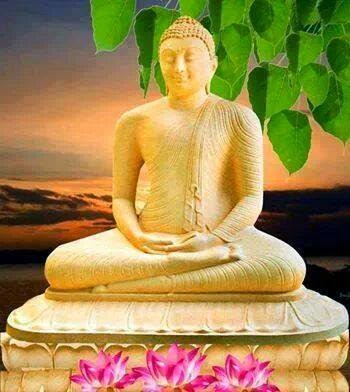
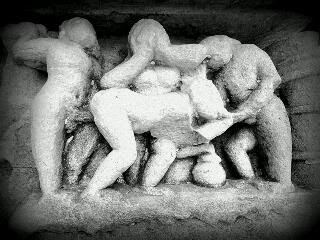
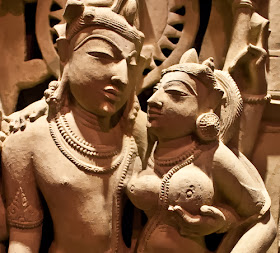


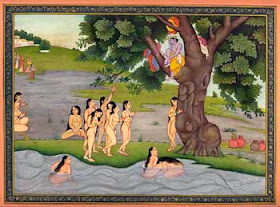

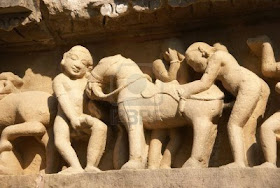
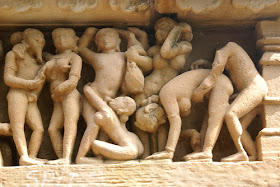

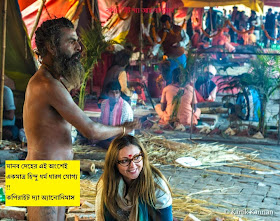 হিন্দু ধর্ম ও ঘোড়া!!হিন্দু পুরুষদের পাপমোচনে মৃত ঘোড়ার সাথে রাতভর সংগমে লিপ্ত ছিল রামের মা ও হিন্দু নারীরা!!!! হিন্দু ধর্মে ঘোড়ার মর্যাদা অপরিসীম!! পাপমোচনের জন্য ঘোড়ার সাথে মোটামুটি অনিবার্য বলেই ধরে নেয়া যায়!! রামায়নে আছে রামের মা কউসল্য পাপমোচনের জন্য মৃত ঘোড়ার সাথে সংগমে লিপ্ত ছিল পুরো একটি রাত!! সেই রাতে রামেরমা প্রথমে তিনটি ঘোড়াকে কতল করে!! তারপর মৃত ঘোড়ার সাথে সংগমে লিপ্ত থাকে সারা রাত!! একে একে রাজার পত্নীদেরকেও মরা ঘোড়ার সাথে সংগমে লিপ্ত করানো হয়!! সেই মৃত ঘোড়ার চর্বি কেটে রান্না করা হয় এবং সেই সুগন্ধে একে একে পাপমোচন হয় হিন্দু পুরুষদের!! “The prescribed victims — snakes, birds, the horse, and aquatic animals — were bound at the place of immolation; each was dedicated to a specific divinity as is set forth in the ritual texts. The priests then bound them all to the posts in the manner set forth in the ritual texts. Three hundred beasts in addition to Dasaratha’s jewel of a horse were bound there to the sacrificial posts. Kausalya (Rama’s mom) walked reverently all around the horse and then with the greatest joy cut it with three knives. Her mind unwavering in her desire for righteousness, Kausalya (Rama’s mom) passed one night with the horse. The priests – the hotr, the adhvaryu, and the udgatr — saw to it that the second and the juniormost of the king’s wives, as well as his chief queen, were united with the horse. Then the officiating priest, who was extremely adept and held his senses in check, removed the fat of the horse and cooked it in the manner prescribed in the ritual texts. At the proper time and in accordance with the ritual prescriptions, the lord of men then sniffed the fragrance of the smoking fat, thereby freeing himself from sin. Then, acting in unison, the sixteen brahman officiating priests threw the limbs of the horse into the fire, in accordance with the ritual injunctions. In other sacrifices, the oblation is offered upon branches of the plaksa tree, but in the Horse Sacrifice alone the apportionment of the victim is made on a bed of reeds. The Horse Sacrifice is known as the Three-Day Rite; for both the kalpasutra and the brahmanas refer to the Horse Sacrifice as a rite lasting for three days.” — Ramayan 1:13:24-33. হিন্দু মন্দিরেও শোভা পায় ঘোড়ার সাথে সংগমে লিপ্ত হিন্দু মুর্তি!! হিন্দু ধর্মে আছে ইনসেস্টের কাহিনী যা একে একে পরবর্তিতে প্রকাশ করার আশা রাখি!!
হিন্দু ধর্ম ও ঘোড়া!!হিন্দু পুরুষদের পাপমোচনে মৃত ঘোড়ার সাথে রাতভর সংগমে লিপ্ত ছিল রামের মা ও হিন্দু নারীরা!!!! হিন্দু ধর্মে ঘোড়ার মর্যাদা অপরিসীম!! পাপমোচনের জন্য ঘোড়ার সাথে মোটামুটি অনিবার্য বলেই ধরে নেয়া যায়!! রামায়নে আছে রামের মা কউসল্য পাপমোচনের জন্য মৃত ঘোড়ার সাথে সংগমে লিপ্ত ছিল পুরো একটি রাত!! সেই রাতে রামেরমা প্রথমে তিনটি ঘোড়াকে কতল করে!! তারপর মৃত ঘোড়ার সাথে সংগমে লিপ্ত থাকে সারা রাত!! একে একে রাজার পত্নীদেরকেও মরা ঘোড়ার সাথে সংগমে লিপ্ত করানো হয়!! সেই মৃত ঘোড়ার চর্বি কেটে রান্না করা হয় এবং সেই সুগন্ধে একে একে পাপমোচন হয় হিন্দু পুরুষদের!! “The prescribed victims — snakes, birds, the horse, and aquatic animals — were bound at the place of immolation; each was dedicated to a specific divinity as is set forth in the ritual texts. The priests then bound them all to the posts in the manner set forth in the ritual texts. Three hundred beasts in addition to Dasaratha’s jewel of a horse were bound there to the sacrificial posts. Kausalya (Rama’s mom) walked reverently all around the horse and then with the greatest joy cut it with three knives. Her mind unwavering in her desire for righteousness, Kausalya (Rama’s mom) passed one night with the horse. The priests – the hotr, the adhvaryu, and the udgatr — saw to it that the second and the juniormost of the king’s wives, as well as his chief queen, were united with the horse. Then the officiating priest, who was extremely adept and held his senses in check, removed the fat of the horse and cooked it in the manner prescribed in the ritual texts. At the proper time and in accordance with the ritual prescriptions, the lord of men then sniffed the fragrance of the smoking fat, thereby freeing himself from sin. Then, acting in unison, the sixteen brahman officiating priests threw the limbs of the horse into the fire, in accordance with the ritual injunctions. In other sacrifices, the oblation is offered upon branches of the plaksa tree, but in the Horse Sacrifice alone the apportionment of the victim is made on a bed of reeds. The Horse Sacrifice is known as the Three-Day Rite; for both the kalpasutra and the brahmanas refer to the Horse Sacrifice as a rite lasting for three days.” — Ramayan 1:13:24-33. হিন্দু মন্দিরেও শোভা পায় ঘোড়ার সাথে সংগমে লিপ্ত হিন্দু মুর্তি!! হিন্দু ধর্মে আছে ইনসেস্টের কাহিনী যা একে একে পরবর্তিতে প্রকাশ করার আশা রাখি!!